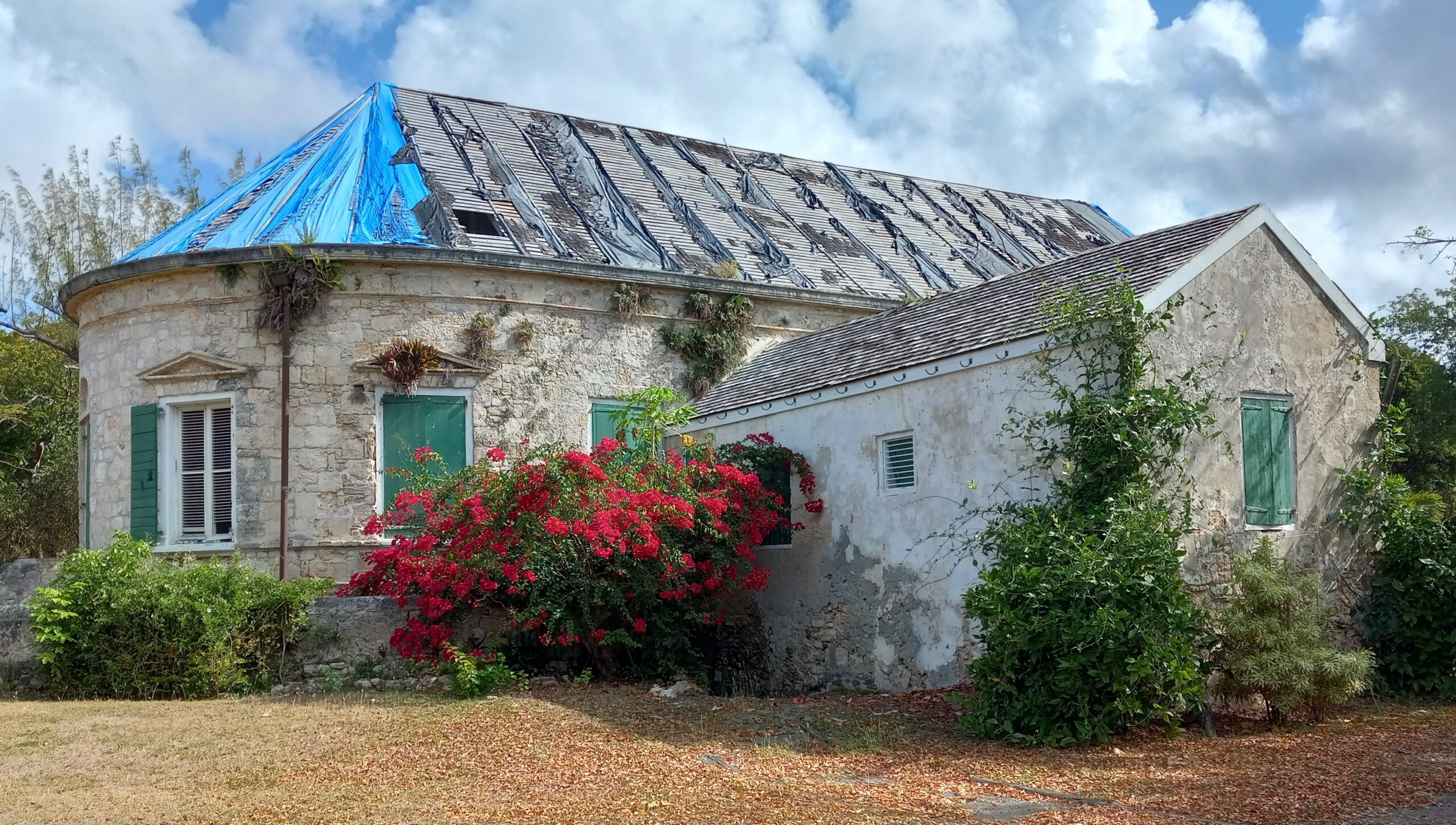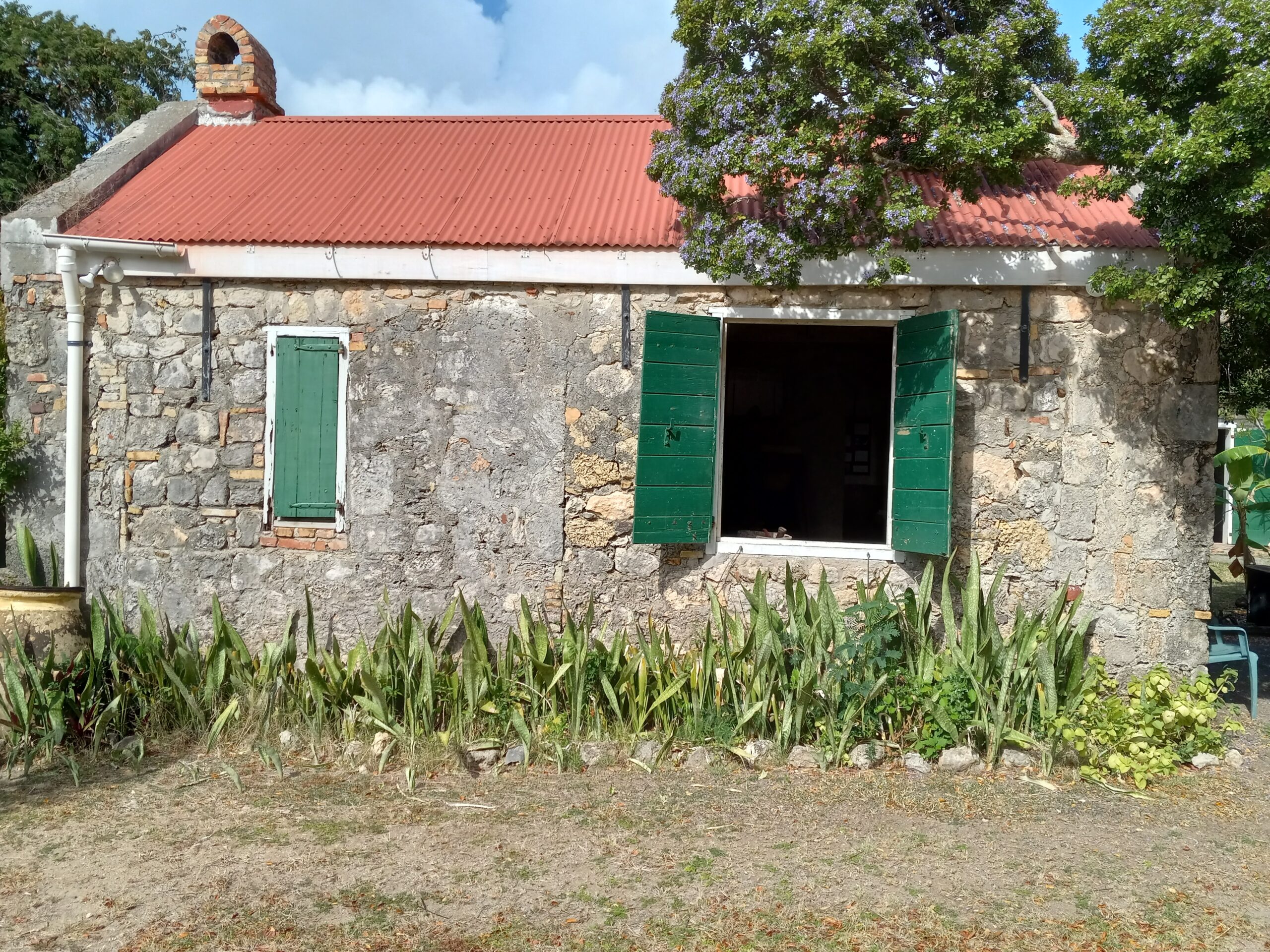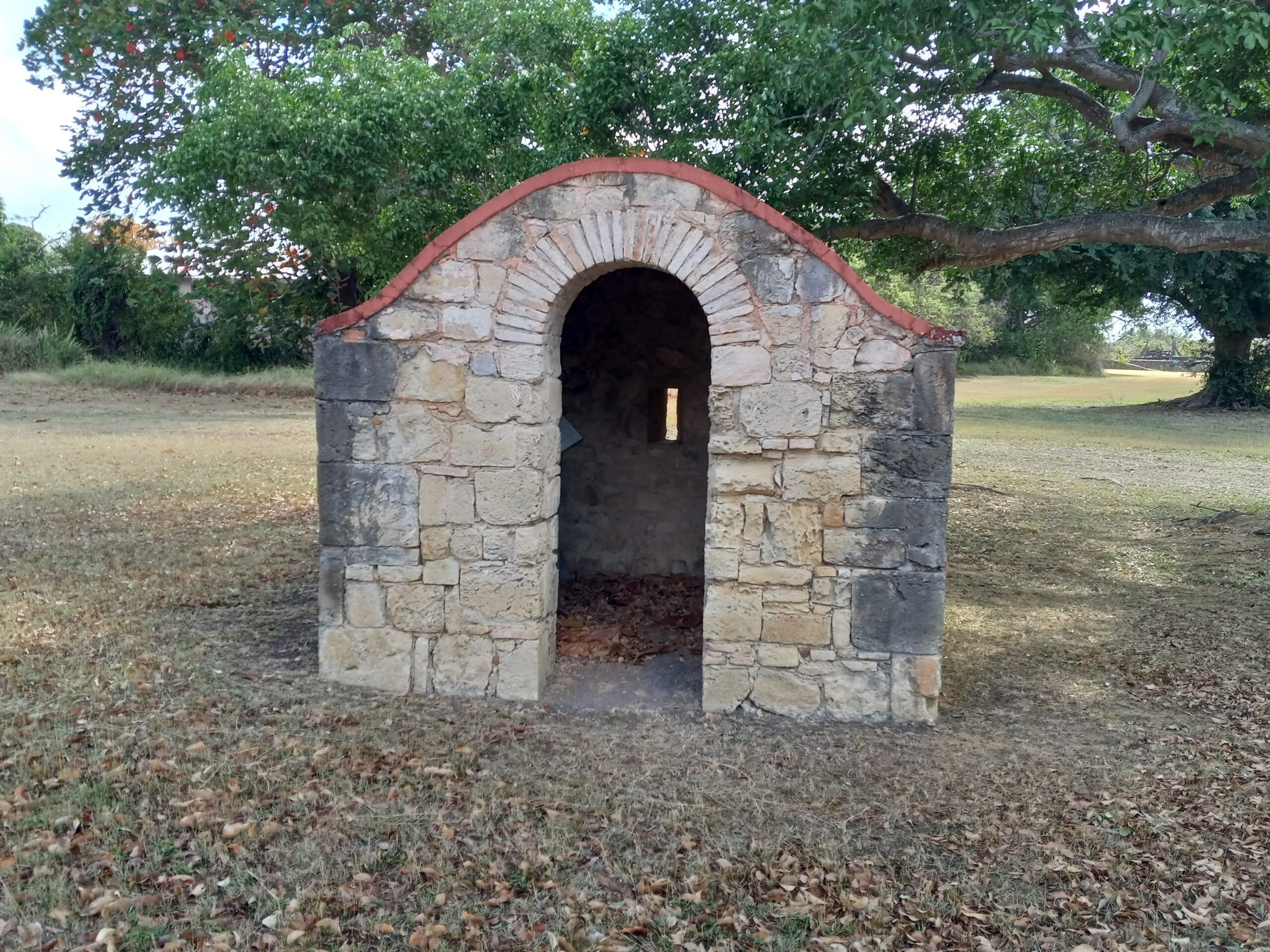
I came across a headline that says “Save Whim Museum.” How can I approach this situation whereby an historic building is deteriorating every second of the day due to the natural elements that have been compounded by the impact of a hurricane over five years ago? In 2017, Whim Museum — a landmark in the Virgin Islands cultural landscape — was impacted by Hurricane Maria, not Irma. Whereas St. Thomas, St. John, and the British Virgin Islands were devastated by two Category 5 hurricanes.

Yet in 1989, Hurricane Hugo devastated St. Croix while sitting on top of the island for hours with winds that were reported to be about 200 mph while causing damage to approximately 90 percent of the buildings on the island. Believe me, there was not even a green leaf left on the trees. It seemed like an atom bomb dropped on the island, with damages estimated at a billion dollars. It was the worst storm to hit the Virgin Islands in 61 years. And as a people, we rebuilt the islands by helping our neighbors as ourselves.
Now let me ask this question: Did it take years to restore Whim Museum from the impact of Hurricane Hugo? If it didn’t, why has the museum, especially the great house, not been restored? I can only imagine the bureaucracy, red tape, and finger pointing by government officials and others involved in the restoration process of the Whim Museum. This historic landmark plantation dates back to the 17th century. It was a major plantation on the island of St. Croix that was built by enslaved Africans that we showcase today as part of a museum. We are talking about a major tourist and local attraction on St. Croix, a historic site, and a site recognized by the National Register of Historic Places in the United States.

On March 17, 1931, Dr. Paul Martin Pearson was the first Virgin Islands appointed civilian governor of the territory. During his term as governor, he purchased Whim Estate: 1,415 acres of land for about $20,000, which was $14.13 per acre. About 850 acres were considered suitable agricultural land and about 145 homesteaders were established, averaging less than six acres for persons who were qualified. In 1948, the St. Croix Landmarks Society was established. Since then, the non-profit organization has had a long-term lease from the Virgin Islands government, which owned the historical buildings, ruins, and other structures where the museum sat on some 12 acres of the former plantation.
As Virgin Islanders, we are proud and loving people, as we should be. We come from a very strong African heritage, and these islands were once colonized by seven countries. As a result, we are like a pot of kallaloo, which I think should be our territorial dish. But our heritage is more than native foods, Virgin Islands Carnival, Crucian Festival, and dressing up in cultural outfits during special events, or attending other significant cultural gatherings. Our culture is also preserving and protecting historical buildings, as we have some of the finest architectural structures in the Caribbean region.
Believe me, visitors from every part of the world are struck by the old-world appearance and character of the Virgin Islands — old buildings, most of them unfortunately in ruins, century-old warehouses once holding fabulous riches in goods, and picturesque sugar mill towers to be found all over the islands. These are enviable assets from a point of view of tourist attractions. Our historical buildings are also an asset to our culture and history of how gifted our ancestors were with their hands when they built the Danish West Indies economy.

I must say, however, we all are guilty that protecting our natural and cultural resources is at the bottom when it comes to our government’s priorities. We simply don’t care about our history, especially in regard to our architectural landscape. Yet we talk about culture. If this attitude toward our natural and cultural resources continues to go unchecked, irreparable damage will be done to a community that, from an architectural point of view, has no equal in the Caribbean. Many of us were not aware, but between the 1930s and 40s the Danish government selected certain plantation mansions from the Virgin Islands, particularly from St. Croix, that were dismantled and rebuilt in Denmark.
Why do you think Dr. Paul M. Pearson purchased Estate Whim with its architectural wonder of a great house built by enslaved Africans? Whim Estate is of great cultural value as a representative mansion of the island’s golden age in the 17th century, equipped with historic furniture, and otherwise restored to give an idea of the life of prosperity on the island during the period when sugar commanded a much higher price. There are few areas under the American flag that have a more colorful history than the Virgin Islands, but no area is less known or under-appreciated for what it has to offer.

Let us set aside our differences and restore the Whim great house and other historical structures on the property to their glory before Hurricane Maria. We talk about heritage. Whim Museum is heritage. So those who talk about culture and heritage, let’s move forward and restore and preserve Whim Museum. It is a living history, natural and cultural resource.
— Olasee Davis is a bush professor who lectures and writes about the culture, history, ecology and environment of the Virgin Islands when he is not leading hiking tours of the wild places and spaces of St. Croix and beyond.










